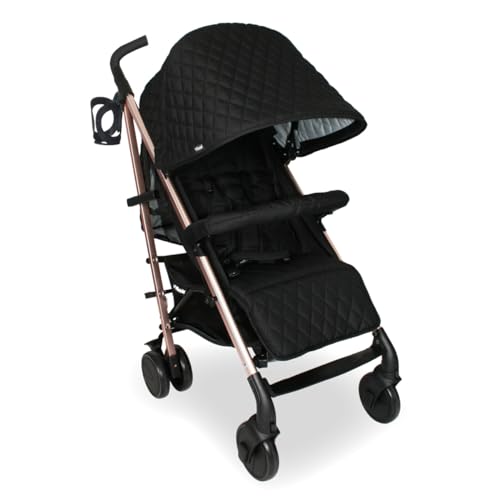What is a Pushchair Single?
A single pushchair is made to carry one child (although some are able to be used from birth with an infant car seat or carrycot). single buggy with buggy board are lightweight and can be converted to double.
It is modern with a sleek design and features that make it a favorite with families, such as height-adjustable handlebars and large shopping basket. It also has machine-washable fabric and a footmuff, essential for the colder months.
Convertible
If you're seeking one stroller that will expand with your child think about a convertible model. This type of stroller has a hammock seat that converts into an infant carrycot. It's a comfortable choice for infants. It's easy to fold away from the handlebar and is light enough to drive.
The Larktale Crossover is a wagon/stroller which converts easily to a double-seater with no use of any tools. It is equipped with numerous features that make it a great choice for parents, like the large undercarriage as well as an organizer hanging by the push bar in both modes. There are some drawbacks, such as the confusing zipper to attach the back of the seat in wagon mode and the size of the cup holders.
Brakes
A good single pushchair will come with two brake systems. One is the hand brake that is usually an incredibly small lever located on the side of the chassis which you can turn down to stop the vehicle and then push it up to begin the process again. This is helpful in urban areas in which you might need to slow down quickly on the pavements in shopping centers where pedestrians may be present. The other type of braking system is the front wheel braking system that is found on more expensive pushchairs like the phil&teds dash or the Bugaboo Cameleon 3 which is activated by pressing the pedal in the same manner as the brakes on bicycles. This is especially useful when you're running or walking over rough terrain, as it will stop the pushchair instantly and ensure your child's safety.
The left coupling system 171 used for the rear leg 57 and the front leg 19 includes a rear leg mounting bar 173 to which the rear leg 57 is fixedly to a gear 175 mounted on an end surface 163 of the housing 33 that is located within hub 3; a bushing 177 that is connected to gear 175 and extending through a slot 179 provided at the end of the mounting bar 173 and a cable designed to wrap around the J-shaped spool component 181 and the post 31 of the front leg 19. The left coupling system 171 for the rear leg 57 as well as the front leg 19 include a rear leg mounting bar 173 to which the rear 57 is fixedly coupled and a gear 175 that is mounted on a side surface 163 of the housing 33 disposed within hub 3; the spool component 181 and post 31 of the front leg 19 are wrapped around the J-shaped spool component 181 in corresponding slot 179 provided at the end of the mounting bar 173 and a coiled cable.
The brake system 215 has a first end 227 configured to contact the cam for braking when the cam is in the second position and a second end 229. The second end of brake lever 229 is equipped with a number of teeth 231. The teeth are designed to contact the teeth of a gear 233 that is driven by a stroller's first rear wheel 59. When the brake lever is pulled, the braking cylinder prevents the wheel from rotating on the first rearwheel 59 of stroller 1. The braking system is operated manually.
Seat unit/carrycot
A single pushchair is a kind of baby travel unit for older babies (6 months or more) who are just beginning to sit up and take in the world. They often can be converted into a pram. Prams typically have more advanced features and are usually made for babies up to toddlers, with additional padding to ensure your child's comfort.
Many pushchairs can be used together with car seats to make an entire travel system, ideal for taking infants asleep from the car to the pushchair without disturbing them. Some also feature an infant carrycot, which is ideal for babies, while some have a seat unit which is able to be used when your baby is ready to transition from the carrycot.

The majority of 'from-birth' pushchairs allow you to select the 'facing direction' of the seat unit/carrycot. You can choose to face your child's parent to connect and reassure your baby, or face the world so that they can explore the world. Some models even allow you to connect a second carrycot or infant carrier, or ride-on for growing families.
A quality pushchair must be capable of moving easily across a variety surfaces, including pavements, grass and rough surfaces. A sturdy chassis and high-quality tyres are important. Some tyres require that air be added regularly, while others are made from alternative materials like EVA or PU, which offer an enjoyable ride.
It's worth investing money in a stroller that is easy to clean and maintain. You can get rid of spills and crumbs using the baby-wipe, however when you want to remove more stubborn marks, try using the hot air from hair dryers for about 1-2 minutes.
